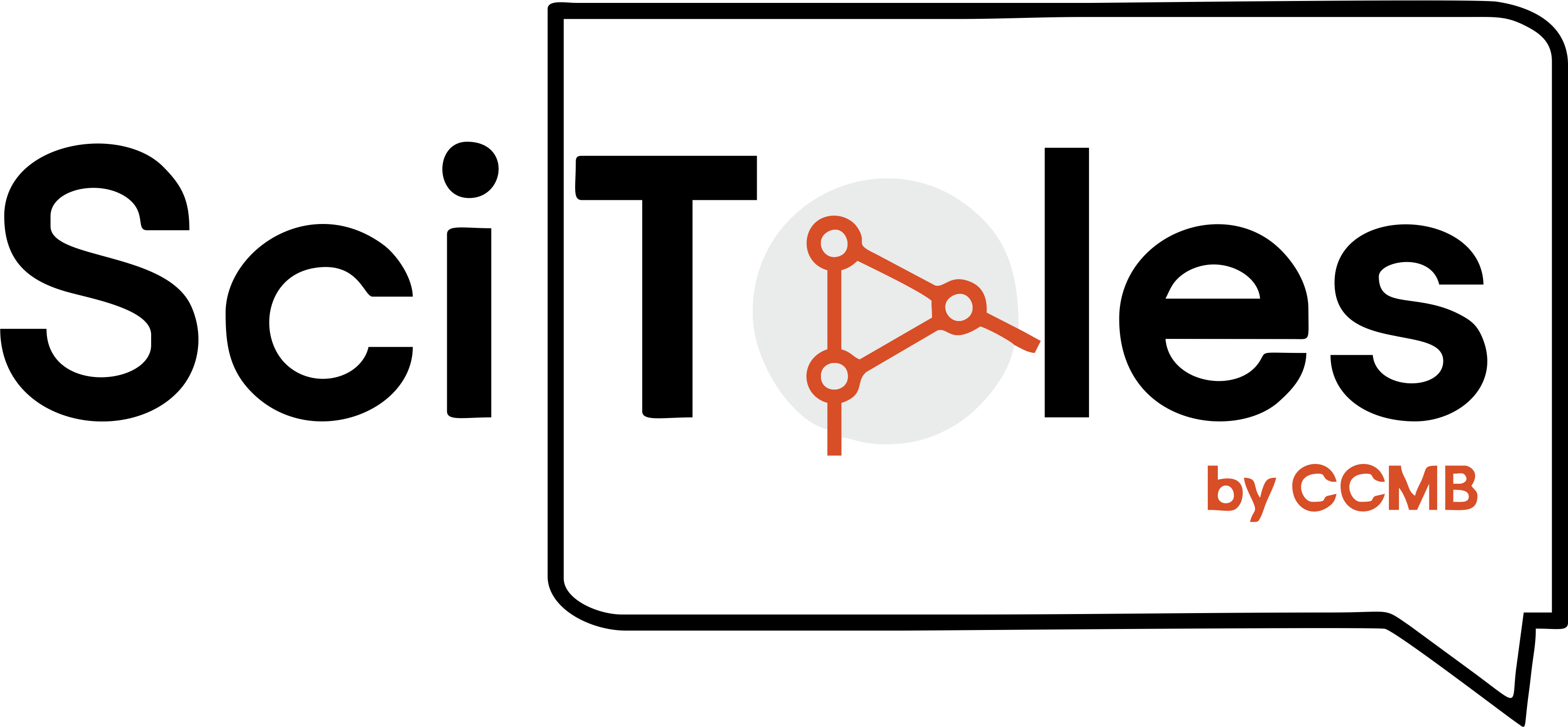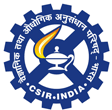Gene therapy—once something out of science fiction—is now being used in real hospitals to treat real people. Gene editing has become a conversation of not only treating rare diseases but also about access, fairness, and how much control we should have over our biology.
Genes are sections of DNA that act like instruction manuals telling our cells how to build proteins. Proteins perform vital function like energy use, cellular communications, immunity and cell repair. So when people say “We are what our genes make us,” it’s because these gene-coded proteins guide our growth, health, and behaviour.
Sometimes, typos appear in these instruction manuals. They are called genetic mutations. While many mutations are harmless, some affect the protein made from the mutated gene and disrupt how the cell functions. Some cause serious diseases like cystic fibrosis, muscular atrophy or certain cancers.
But if a typo in a gene can cause illness, can we fix it like we do in a text? This is what gene therapy aims to do. The field is rapidly evolving – from treating rare genetic diseases to developing personalized treatments tailored to each person’s unique combination of genetic variations, even in common diseases like diabetes. And CRISPR-Cas is currently at the forefront of these therapies.
CRISPR-Cas is a part of a bacterial immune system. When a virus attacks, the bacteria stores bits of the viral DNA in a special part of its own DNA called CRISPR. This stored piece acts like a wanted poster that helps the bacteria recognize the virus if it returns. When it does, the bacterial cell makes a matching helper molecule that works like GPS to guide a cutting tool called Cas straight to the virus’s DNA. Cas then cuts the DNA to stop the virus. Scientists use this system in human cells too. They create custom GPS-like guides to send Cas to any gene they want to cut and fix or manipulate. Scientists use these tools to silence a gene or remove a faulty one and insert a correct version of a gene to fix genetic problems.
Then there’s iPSC technology. A muscle cell can’t just become a blood cell when needed. But scientists can reprogram them into induced pluripotent stem cells (iPSCs) — baby-like, flexible state — when they can still grow into many cell types. Like a biological time machine! Once reset, they’re corrected using tools like CRISPR-Cas and reintroduced into the body to populate the affected tissue. In fact, in a key study on sickle cell anemia, scientists took skin cells from a mouse with the disease, converted them into iPSCs, corrected the faulty gene, and then turned them into healthy blood-forming cells. These were transplanted back, showing improvement. This offers a strong proof-of-concept for how iPSCs and gene editing could work together to treat inherited disorders.
These tools have unlocked new ways to fix diseases and create personalized medicines. In some cases, it has already cured diseases.
Light at the end of the tunnel?
India saw one such case in Uditi Saraf. She was diagnosed with FENIB, a fatal disorder. With no existing treatment, her family partnered with Indian researchers to develop a personalized CRISPR-Cas therapy targeting the specific mutation responsible for her condition. The researchers were able to turn her blood cells into nerve cells in the lab. They then specifically edited the faulty gene. Alongside, researchers worked on strategies to safely deliver the corrected gene to a human brain. Unfortunately, Uditi sadly passed away before the treatment could be given to her. But the initiative laid vital groundwork for assessing the country’s capabilities with the gene editing technologies for disease treatments.
More recently in February 2025 at the Children’s Hospital of Philadelphia, a new born named KJ Muldoon was luckier. He had a mutation in the gene for an enzyme that prevents toxic ammonia build-up. He received a CRISPR-Cas based gene editing therapy delivered to his liver. This was followed by additional doses in the months that followed, giving him a chance at life.
These breakthroughs are complemented by national genome sequencing and data repository initiatives. For example, the Genome India Project, which in its first phase has successfully sequenced the genomes of 10,000 individuals from diverse backgrounds. The next phase plans to focus on rare disorders, cancers and neurological conditions and lifestyle diseases. Such efforts hope to provide data on disease prevalence and genetic diversity, enabling more accurate diagnosis and tailored treatments in specific demographics.
Addressing the Risks
There are real concerns in gene therapies. Could edited genes get passed on to future generations? Could an off-target effect trigger a second, worse mutation?
Scientists use animal models, organoids, and bioinformatics prediction tools to assess the safety of each edit. Global bodies like the International Summit on Human Genome Editing and India’s ICMR are developing frameworks to ensure ethical deployment.
Chinese scientist He Jiankui, in 2018 edited the genes of human embryos (very early stage of a baby even before its birth) to make twin girls resistant to HIV. His actions were widely condemned for several reasons: the research bypassed proper ethical approval, and the edited changes could be passed down to future generations. He edited the genes at the very beginning of life—when the babies were just forming (in germline cells). Such early edits affect every cell, including the ones that are used to have children, so the changes can be inherited.
In contrast, if gene editing is done after a person is born (in somatic cells), it usually affects only certain cells in the body and cannot be passed on to their children.
Most importantly, the procedure’s safety was unproven, exposing children to unknown long-term risks. To prevent such risks, human gene editing is strictly regulated. All studies must go through strict ethical review boards, and approval is only given when the procedure is well-tested, necessary, and unlikely to cause harm.
Tools like CRISPR-Cas are very precise, but scientists still double-check for mistakes by testing edits in cells or animals and scanning DNA to ensure only the intended changes were made. In this way, the scientific community aims to use gene editing in a safe, responsible, and ethical manner.
Then there’s the issue of cost. Many gene therapies are priced in crores, especially those imported from abroad. The government offers financial aid through schemes such as the National Policy for Rare Diseases (2021), covering up to ₹50 lakhs. Yet, the high cost of some gene therapies exceed these limits and awareness remains low.
Despite these challenges, India’s investments in indigenous technologies (to reduce reliance on expensive imports), genome mapping, and personalized care reflect an emerging commitment to a more ethical and patient-focused future.
Ultimately, gene therapy isn’t just about curing rare diseases or pushing scientific boundaries. It’s about rewriting the story of healthcare with responsibility, and inclusion. As we gain the power to edit genes, we must ask not just what we can do, but what we should do – and who we do it for.
Because in the end, it’s about changing futures and making sure no one is left behind in the process.


